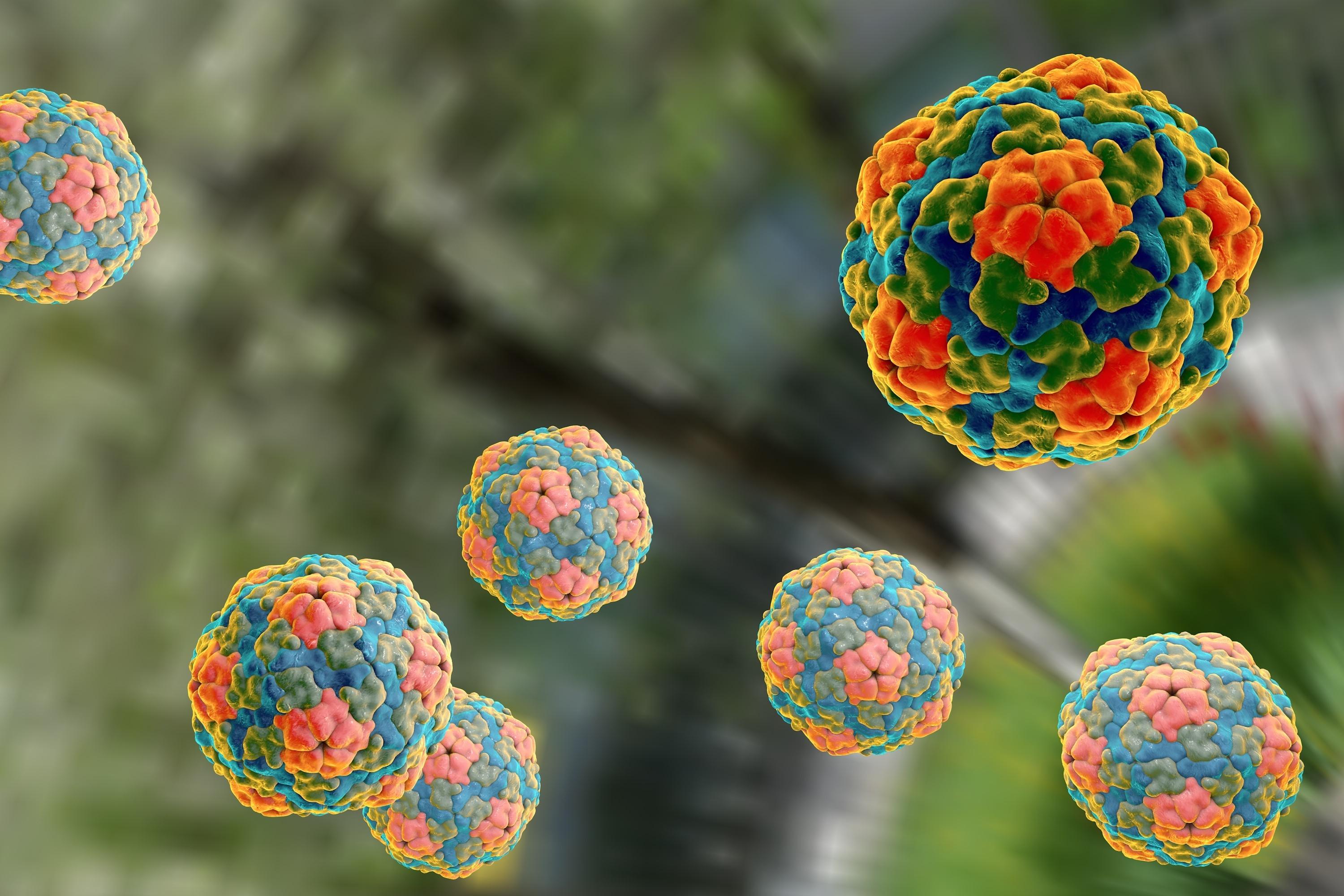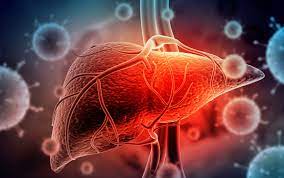
Hepatitis A
Hepatitis A is a contagious liver infection caused by the hepatitis A virus, also known as Hepatovirus, belonging to the family “Picornaviridae” which are small, nonenveloped, single-stranded RNA viruses. Hepatitis A is highly transmissible and has an average incubation period of 28 to 30 days. The maximum infectivity is during the second half of the incubation period (i.e., while asymptomatic) and most cases are considered non-infectious after the first week of jaundice.
Mode of Transmission
Following are the major modes of transmission of early 1900s and modern era;
- Oral-fecal route
- Parenteral transmission (through skin penetration, respiratory tract, bloodstream, urinary or genital tract, or even through rarer routes such as the eyes, ears, or umbilicus)
- Personal contact
- Food-borne Hep. A
- Waterborne outbreaks
- Nosocomial Hep. A (hospital-acquired/health-care associated Hep. A infection)
- Sexual & homosexual transmission
Pathophysiological Stages
- Ingestion of infected material
- Absorption from stomach or small intestine
- Replication in liver
- Secretion into bile
- Excretion in stools or reabsorption
Sign and Symptoms
- Yellow skin or eyes
- Anorexia/not wanting to eat
- Upset stomach
- Nausea
- Vomiting
- Abdominal pain
- Dark urine or light-colored stools
- Diarrhea
- Joint pain
- Malaise
- Fever
- Headache
- Choluria
- Acholia
- Epistaxis
Causes
- Eating food handled by someone with the virus who doesn't thoroughly wash hands after using the toilet
- Drinking contaminated water
- Eating food washed in contaminated water
- Eating raw shellfish from water polluted with sewage
- Being in close contact with a person who has the virus — even if that person has no symptoms
- Having sexual contact with someone who has the virus
Risk Factors
- Travel or work in areas of the world where hepatitis A is common
- Live with another person who has hepatitis A
- Homosexuality
- Have any type of sexual contact with someone who has hepatitis A
- HIV positive
- Use any type of recreational drugs, not just those that are injected
Diagnostic Test
- Anti-HAV IgM antibodies test & Anti-HAV IgG antibodies test
- LFT
- Ultrasound
- CT scan
- Hepatic biopsy
Complications
- Prolonged cholestasis
- Acute renal failure
- Autoimmune hepatitis
- Relapsing hepatitis
Medical Treatment
No specified treatment and management are necessary for most patients with uncomplicated HAV infection. Appropriate rest (when necessary) and diet (avoiding foods that may cause digestive discomfort, such as fatty food). An important treatment is to avoid medications as the impact liver.
Prevention
- Hygiene & sanitation
- Food safety
- Immunization practices
- Vaccination
Conclusion
Hepatitis A is a concerning viral infection characterized by its potential complications, varied symptoms, treatment options, and preventive measures. Complications stemming from Hepatitis A can range from mild, such as fatigue and abdominal discomfort, to severe liver damage, leading to acute liver failure in rare cases. Recognizing the signs and symptoms, which include jaundice, nausea, and fever, is crucial for early diagnosis and prompt treatment.
While there is no specific treatment for Hepatitis A, supportive care can alleviate symptoms and aid in recovery. Prevention remains the cornerstone of combating this disease, with vaccination being the most effective method. Additionally, practicing good hygiene, such as handwashing and avoiding contaminated food and water, can significantly reduce the risk of Hepatitis A transmission.
By raising awareness about Hepatitis A and implementing preventive measures, we can work towards reducing its prevalence and ensuring better health outcomes for individuals and communities world



